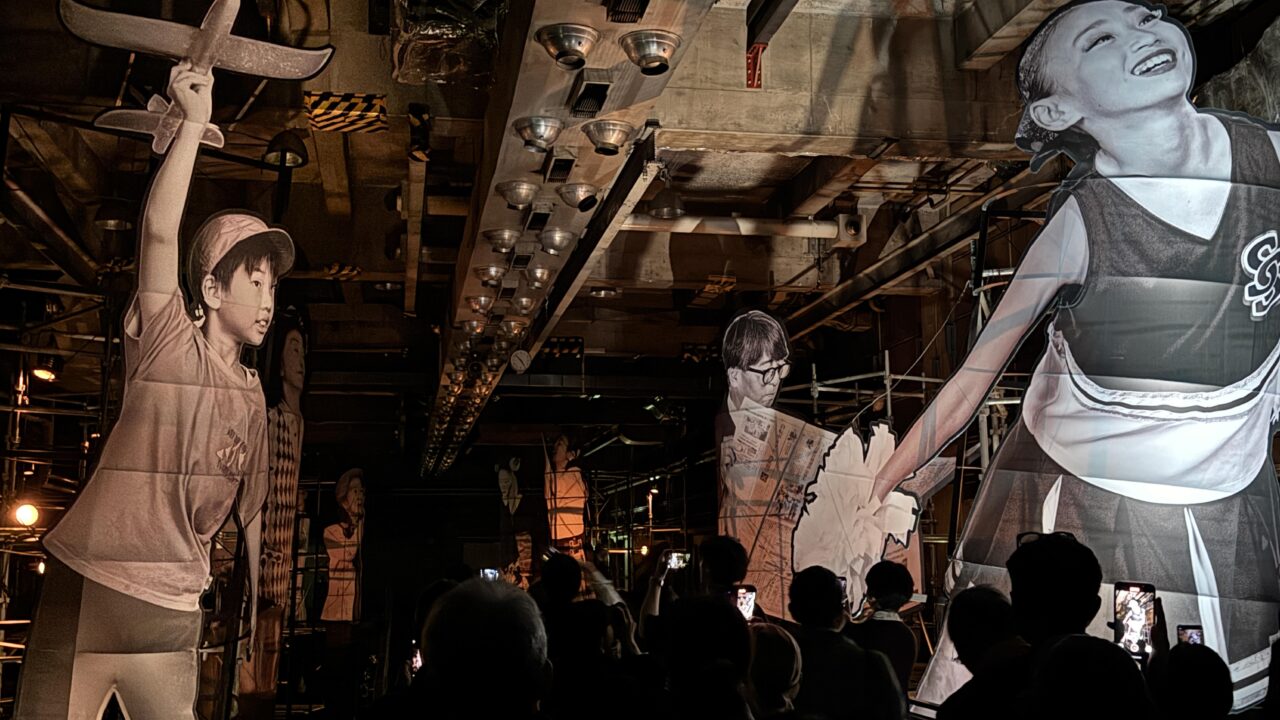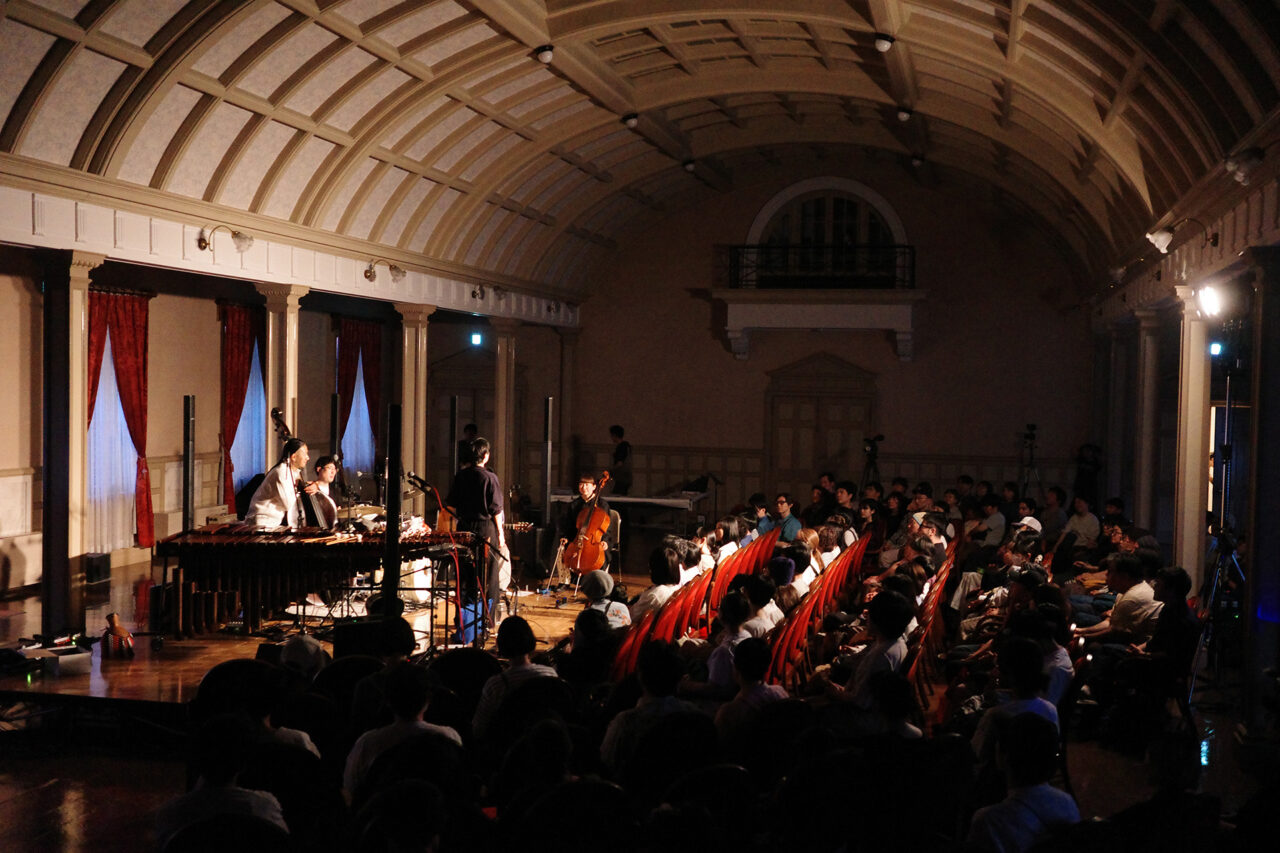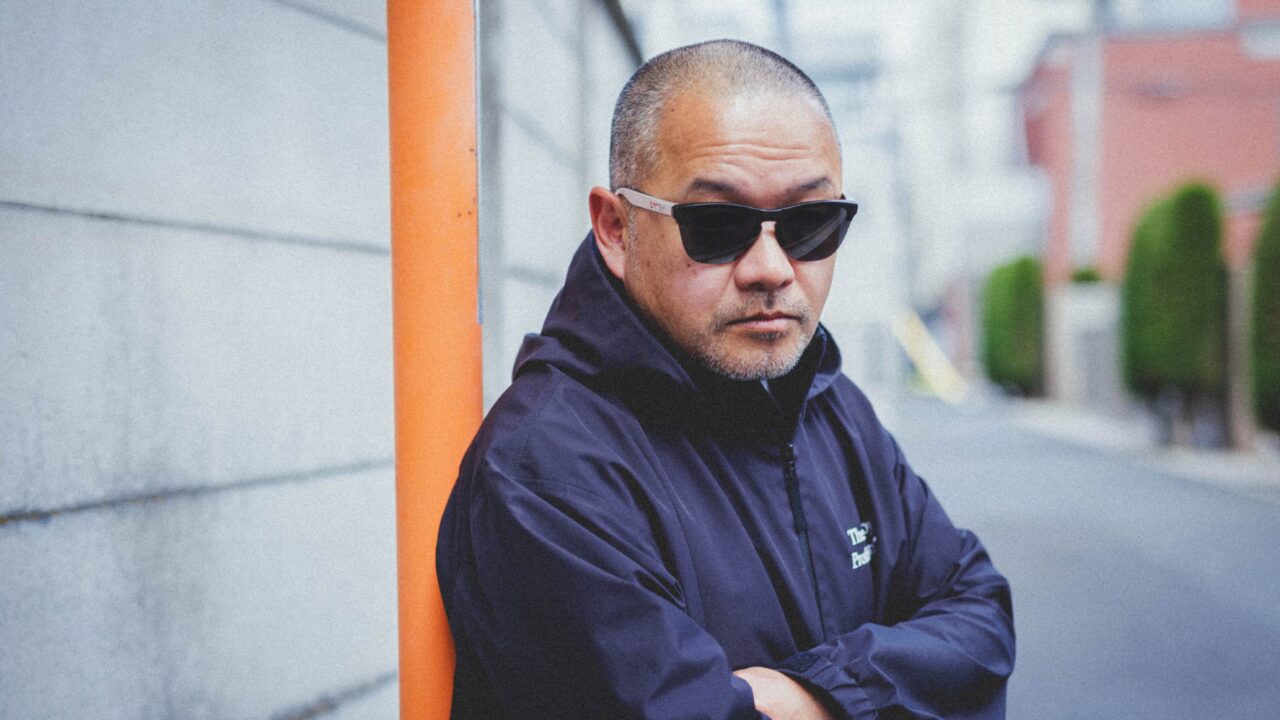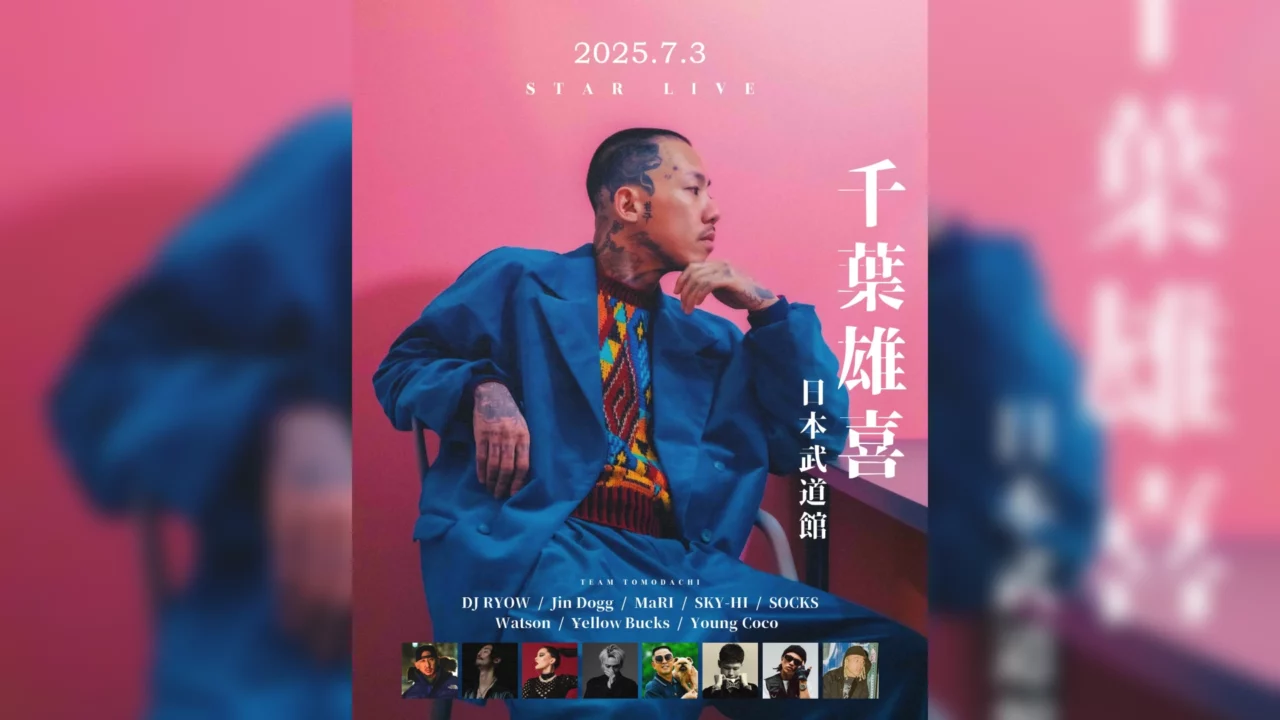The participation of contemporary artists and art installations in large outdoor music festivals is on the rise. The “MUSIC LOVES ART” initiative, launched by the Agency for Cultural Affairs to establish Japan as a global center for cultural arts, collaborates with “SUMMER SONIC” to display artworks at the festival venue, promoting a synergy between art and music.
However, the reality is that the efforts derived from the global aspirations of “MUSIC LOVES ART” and the Agency for Cultural Affairs fall short of being genuinely embraced by music. At the 2024 “Summer Sonic Osaka,” which will be held at the Expo Memorial Park, the significant gap between the vibrant convergence of music and art achieved by the festival and the outcomes of “MUSIC LOVES ART” has become apparent.
As we reflect on both events, we consider what is essential for fostering a true relationship between art and music.
We look back on both events and consider what is needed for art and music to love each other.
INDEX
Exploring the Connection Between Art and Music Festivals: The Launch of “MUSIC LOVES ART” in 2022
Art and music—though a common combination—have recently seen an increase in opportunities for contemporary art and artists to be directly involved in large outdoor music festivals in Japan.
A notable example is the initiative at SUMMER SONIC (referred to as Samasoni). Launched in 2022, “MUSIC LOVES ART” is a project by the Agency for Cultural Affairs aimed at positioning Japan as a global hub for cultural and artistic expression. The inaugural event featured independent curator Junya Yamamine, showcasing works by Kenta Kobayashi, Teppei Kaneuji, Leandro Erlich, Mayumi Hosokura, and Ina Jang. While I did not see the exhibition that year, I understand the curator’s intent to focus on pieces that reflect musical rhythms and grooves in their forms. Particularly, Mayumi Hosokura’s silent video work I can (not) hear you (2019), capturing musicians and dancers as they respond to music and rhythm, likely served as a critique of the social nature of music, connecting it to fashion and politics.
Since modern times, the essence of contemporary art has been to visualize and reorganize the zeitgeist (spirit of the age) of a particular era, region, or social group, often throwing in a chaotic leap as a form of critique. This means that even when given the framework of “art and music,” and tasked with the role of stage design or VJing as an exciting flavor, contemporary art elegantly incorporates provocations that transcend mere expectations.
The aforementioned “MUSIC LOVES ART,” led by the Agency for Cultural Affairs, has continued to evolve, with this year’s iteration titled ”MUSIC LOVES ART 2024 – MICUSRAT.” Each year, SUMMER SONIC takes place simultaneously at two venues in Chiba and Osaka, resulting in different exhibitions at each location. Therefore, this discussion will focus solely on ”SUMMER SONIC OSAKA.”
Additionally, as part of new initiatives, public art installations were set up in commercial facilities and private enterprises in central Osaka. This latter effort is a project adopted for the 2024 fiscal year under the “Japan Expo 2.0,” positioned as a momentum-building initiative leading up to the upcoming EXPO 2025 OSAKA-KANSAI. This project has received support from the Kansai Economic Federation and local businesses.



























